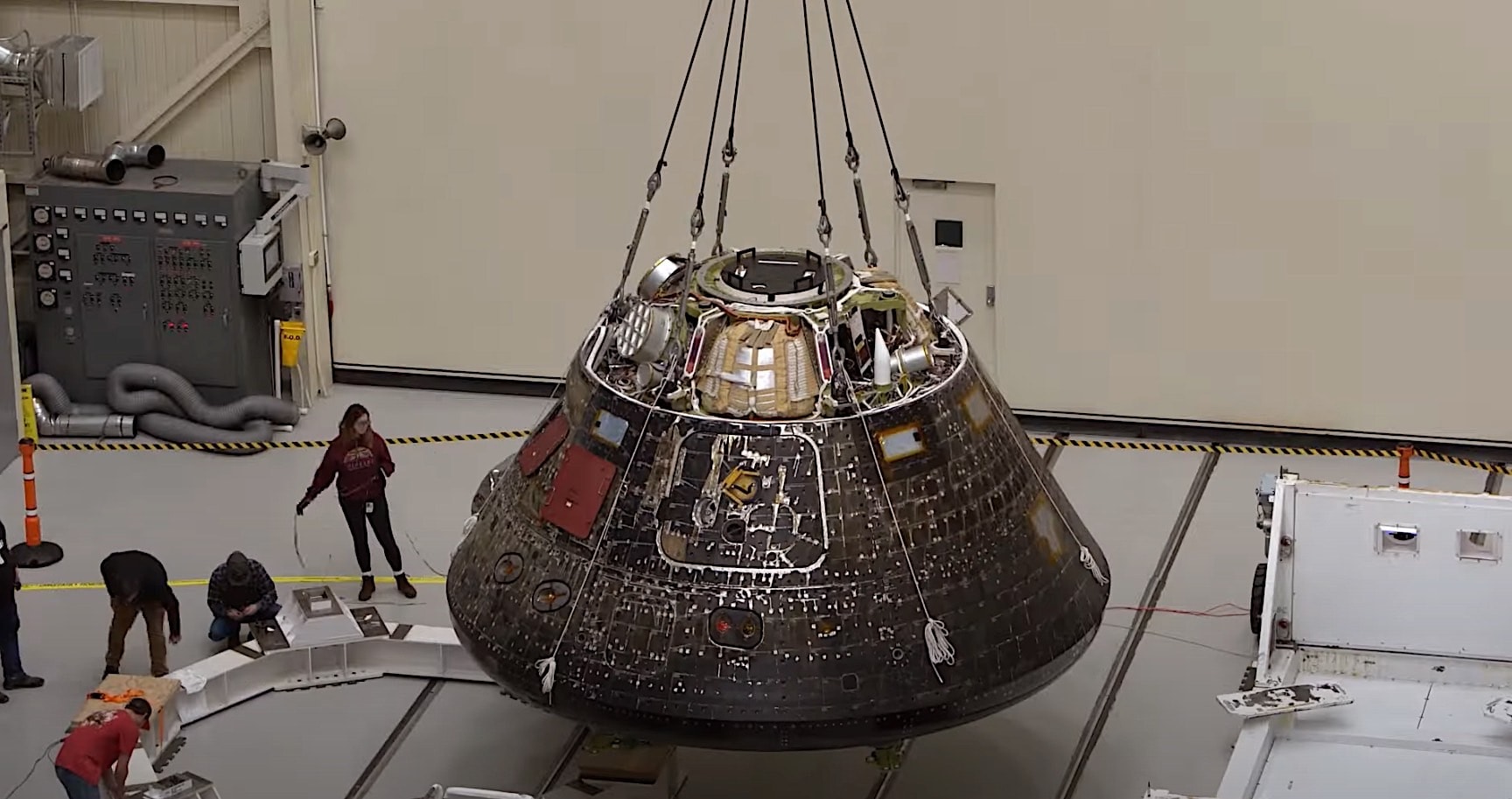In early 2024, NASA announced a postponement of the Artemis II mission to the Moon, originally slated for later this year, now rescheduled for late 2025 due to unspecified crew safety concerns.
The complexity of the mission warrants caution, as NASA aims to ensure a successful second Moon exploration endeavor. The space agency is diligently preparing for Artemis II, the first crewed mission of the program, with a focus on learning from Artemis I, which launched at the end of 2022.

Artemis I’s Orion spacecraft, now known as the Environmental Test Article, is undergoing thorough ground testing at the Neil Armstrong Test Facility in Sandusky, Ohio. These tests are vital for Artemis II’s safety and success, particularly in simulating various emergency scenarios.
NASA, along with partner Lockheed Martin, is subjecting the Orion spacecraft to rigorous procedures, including simulated lightning strikes and launch abort scenarios with noise levels exceeding 160 decibels.
Testing also includes evaluating the effectiveness of docking mechanisms, shielding covers, crew module systems, and splashdown airbags.
Artemis II, scheduled for 2025, will carry four astronauts, including the first person of color, the first Canadian, and the first woman to travel to the Moon. While they won’t land, they will journey farther from Earth than any previous humans, reaching a distance of 230,000 miles beyond the Moon’s far side.

